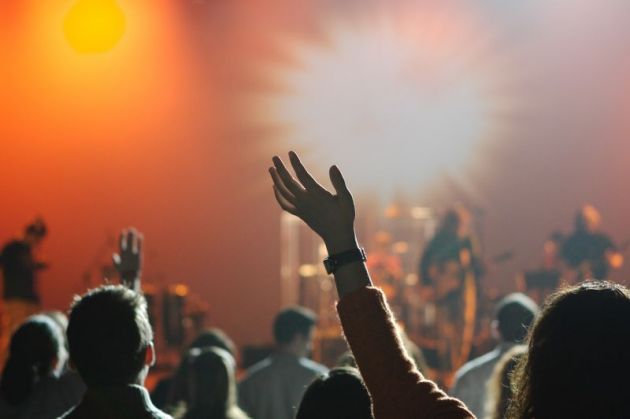American megachurches become more multiracial: study

American megachurches are more racially and ethnically diverse than ever with more than half of them now having multiracial congregations, a new study from the Hartford Institute for Religious Research has found.
Sociologists Warren Bird and Scott Thumma found that the majority of the country's roughly 1,750 megachurches are now multiracial (defined as 20 percent or more of a congregation belonging to a minority group).
In the pulpit, 94 percent of senior pastors are white.
But in the pews, the percentages of white people, black people, Asians, and Native Americans more closely match their percentages in the American population.
Megachurches are commonly defined as Protestant churches with regular attendances pre-COVID-19 pandemic of 2,000 or more adults and children.
Two decades ago, only 21 percent of megachurches were multiracial, but that it not true any longer.
More than half of them (58 percent) report being multiracial today, defined as having 20 percent or more minority presence in their congregation.
"In many ways, megachurches are leading the way toward what we hope is a future where multiracial churches are the norm," say the authors.
In virtually every city and region, across denominations and less formal church networks, megachurch leaders continue to set the pace for other church leaders, both directly and indirectly.
1,750 MEGACHURCHES IN US
The study find that the roughly 1,750 megachurches in the United States continue to evolve and respond to changes in society and culture.
The Hartford research is the sixth national study of these largest Protestant Christian churches continues to show developing trends and adaptations to their overall ministry efforts.
Back in 2005, only percent of all congregations were multiracial.
By 2019, that number had doubled to 16 percent f all congregations across all faith groups could be described as having at least 20 percent racial or ethnic diversity in their attending membership.
"Though we have often heard, 'Sunday morning is the most segregated hour of the week,' with each passing year it's less true of large churches, as a large percentage of megachurches are less likely to be homogeneous collections of the same kind of person," the authors write.
Along with that, racial diversity also comes with a considerable mix of economic groups and educational levels, with roughly 50 percent being college graduates, significant representation from all age groups.
"Much is still unknown about the impact of the COVID-19 pandemic on churches, but one pattern is already clear: larger churches are providing much of the thought leadership for how to spiritually navigate the crisis—similar to how larger churches have been significant influencers in the years before the pandemic.
"In short, despite frequent negative press treatment toward megachurches (a portion welldeserved, such as from financial scandal or, more recently, defying social gathering and mask bans) the vast majority of America's largest churches are continuing to set positive precedents in many important areas of faith development," say the authors.
Justin Brierley wrote in the UK-based Premier Christianity in May 2018, "Our kids still remember the day we visited Saddleback in California.
"There was dancing, drama and singing. There were video games, themed play parks and an indoor aquarium and reptile display. They even came away with branded water bottles. But Saddleback isn't a theme park, it's a church.
"Saddleback is one of the USA's 1,600 megachurches – defined as a church with more than 2,000 people in weekly attendance.
"While these large churches are still outnumbered by smaller churches in the country, their influence is undeniable. Over half of all the people who go to church in the USA attend a megachurch."